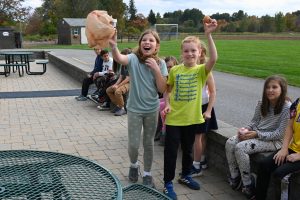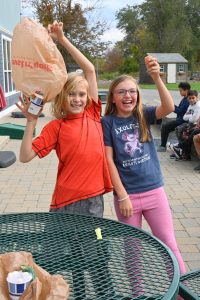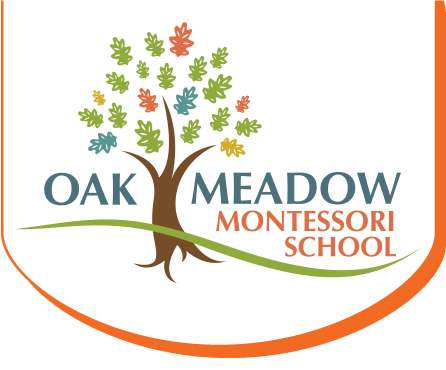 The students looked toward the top of the roof with anticipation. They would find out today if their engineering solution would protect a raw egg dropped from the roof, thirty-feet above the ground.
The students looked toward the top of the roof with anticipation. They would find out today if their engineering solution would protect a raw egg dropped from the roof, thirty-feet above the ground.
This was the last phase of a four-week iterative design project for STEM classes in Upper Elementary 4 & 5. Students worked together in pairs to investigate the properties of a dozen different materials in order to design and build a contraption that would ensure the survival of their egg from the first drop of ten-feet. A few eggs survived the first drop, but most of the student engineers had to “reflect and redesign.” By applying what they learned in the first drop, many teams were more successful in a second attempt.
Next, students were challenged to accomplish the same results with fewer materials. Quite a few teams were successful, and discovered that the simpler designs were more “elegant” in comparison with their original, more resource-intensive solutions.
Finally in the last round, Mr. Nelson and Mr. Waterhouse dropped each of the surviving eggs from the roof of the building, a drop of about 30-feet. Some survived the final drop– and some did not..
 The STEM program in Upper Elementary 4 & 5 is a dedicated class that every student has once a week, separate from the regular science classes. The program started this year with a “challenge,” helping students to look at what STEM means through the eyes of an engineer.
The STEM program in Upper Elementary 4 & 5 is a dedicated class that every student has once a week, separate from the regular science classes. The program started this year with a “challenge,” helping students to look at what STEM means through the eyes of an engineer.
This STEM class also prepares these students for an intensive iterative design project that they will do as UE6 and Middle School students, which involves developing solutions to real world problems and integrates both STEM and Humanities. The process includes working with teachers and professionals outside of the classroom. The whole community is invited to see the results of these projects each spring.
An important goal in these projects is to get students to look at mistakes, missteps or shortfalls as an opportunity to get closer to the best solutions. In the process of reflection and redesign, students learn that failure is just as important as success.





